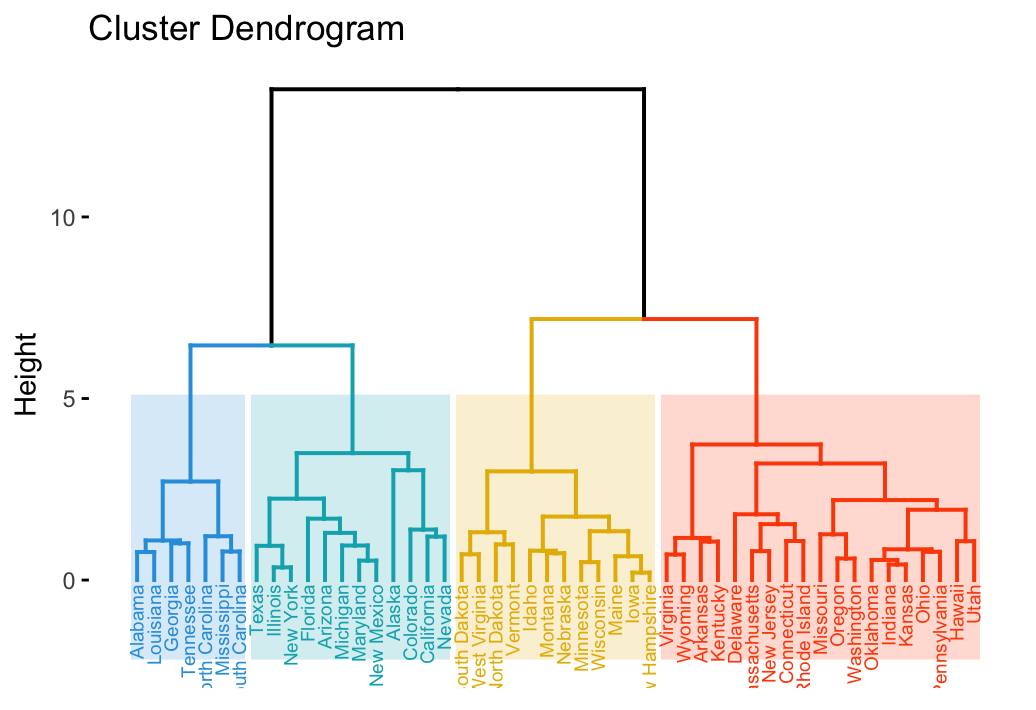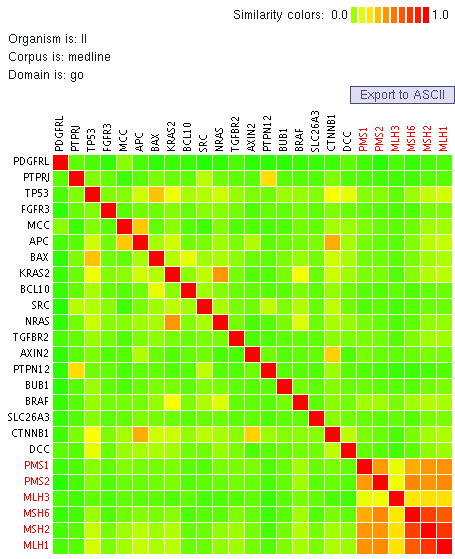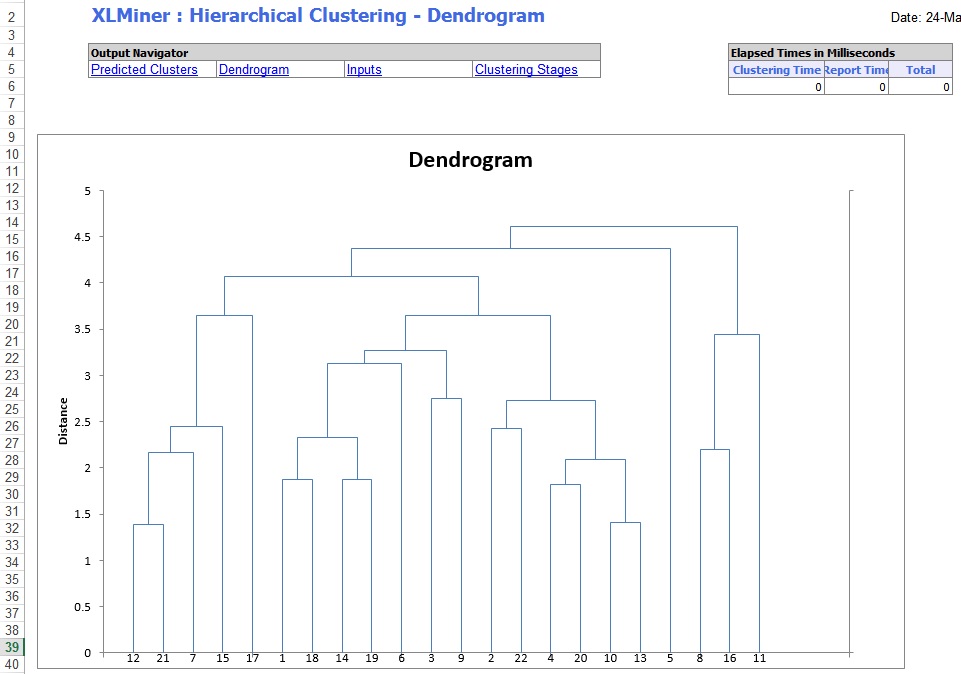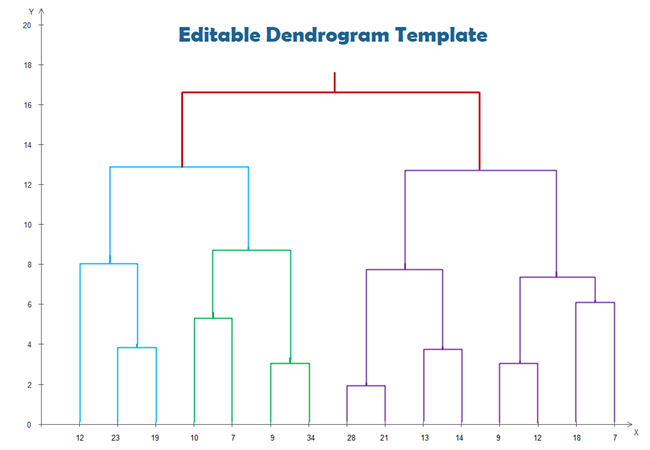The m c project similarity matrix
Table of Contents
Table of Contents
Are you looking for a way to visually represent the similarity between different data points? Drawing a dendrogram from a similarity matrix may be exactly what you need. It’s a powerful tool used in many fields such as biology, computer science, and more to help organize and analyze data.
For many, the process of drawing a dendrogram from a similarity matrix can be daunting. However, it doesn’t have to be a painful experience if you know where to start.
So, how do we actually draw a dendrogram from a similarity matrix?
First, you’ll need to have a similarity matrix, which is essentially a table of values showing the similarity between different objects. From there, you’ll use a specific algorithm, such as hierarchical clustering, to place objects into clusters based on their similarity values. As the clusters are formed, a dendrogram will be created to visually represent the relationships between different clusters.
In summary, drawing a dendrogram from a similarity matrix involves creating a similarity matrix, applying an algorithm to cluster objects based on similarity values, and using the resulting clusters to form a dendrogram.
How to Draw Dendrogram from Similarity Matrix
When I first started working with dendrograms, I found it helpful to break down the process into smaller steps. First, I would focus on creating a well-formatted similarity matrix. This meant ensuring that the data was properly normalized and that any missing data was accounted for. From there, I would move on to selecting an appropriate algorithm for my needs.
One thing that’s important to keep in mind when creating a dendrogram is that there is no “one size fits all” approach. The algorithm and parameters that work best for your project may not be the same as those that work best for someone else’s.
It’s also important to remember that dendrograms can be complex. It’s not uncommon to spend some time adjusting the visualization, selecting the best color scheme, and tweaking other factors to get the most informative and appealing result.
Key Benefits of Drawing Dendrogram from Similarity Matrix
One of the major benefits of using dendrograms is that they allow for efficient organization of complex data sets. By visually representing the relationships between data points, dendrograms can help you find patterns and clusters that may have been otherwise difficult to see. Additionally, dendrograms are great for identifying outliers, which can be essential in many fields such as finance or health.
The Components of Dendrogram from Similarity Matrix
A dendrogram typically consists of two main components: branches and leaves. The branches represent the clustering of similar data points, while the leaves represent the individual data points themselves. Each branch of the dendrogram corresponds to a level of similarity between the objects it connects. Typically, dendrograms are visualized as vertical lines that branch out horizontally as they go down the dendrogram.
Common Types of Dendrogram from Similarity Matrix
There are several types of dendrograms, including complete-linkage dendrogram and single-linkage dendrogram. Complete-linkage dendrograms cluster based on the maximum similarity value between two clusters, while single-linkage dendrograms cluster based on the minimum. Other types of dendrograms include Ward’s method, centroid clustering, and divisive clustering. Each method has its own strengths and weaknesses and should be chosen with care depending on your specific use case.
Conclusion of How to Draw Dendrogram from Similarity Matrix
While it may seem intimidating at first glance, drawing a dendrogram from a similarity matrix is actually quite straightforward. By creating a similarity matrix, selecting the right algorithm, and tweaking the visualization as needed, you can create a powerful tool for organizing and analyzing complex data sets. And with so many different methods and options available, there’s a dendrogram style out there that will work for just about any project.
Question and Answer
What is a similarity matrix?
A similarity matrix is a table of values showing the similarity between different objects.
What is hierarchical clustering?
Hierarchical clustering is a clustering method that involves grouping similar objects together into branches, forming a hierarchical structure.
Why would I want to draw a dendrogram?
Dendrograms are useful for organizing complex data sets and visually representing the relationships between data points. They can help you find patterns, clusters, and outliers that may have been difficult to see otherwise.
What are some common types of dendrograms?
Common types of dendrograms include complete-linkage dendrogram, single-linkage dendrogram, Ward’s method, centroid clustering, and divisive clustering.
Gallery
Examples Of Dendrograms Visualization - Datanovia

Photo Credit by: bing.com / clustering dendrogram hierarchical dendrograms d3 ggplot2 color cluster fviz dend plot visualization unsupervised learning edges straight clusters datanovia theme labels
Dendrogram Resulting From Similarity Matrix Based On Bray-Curtis

Photo Credit by: bing.com / bray similarity resulting dendrogram
The M.C. Project : Similarity Matrix

Photo Credit by: bing.com / matrix similarity map similar analysis esat kuleuven tomcat jsp tutorial project catalog correlation values
Hierarchical Clustering Example | Solver

Photo Credit by: bing.com / clustering hierarchical dendrogram solver example cluster steps illustrates clusters graph numbers different these
Simple Guides To Create Dendrogram

Photo Credit by: bing.com / dendrogram simple template create guides axis edit step





